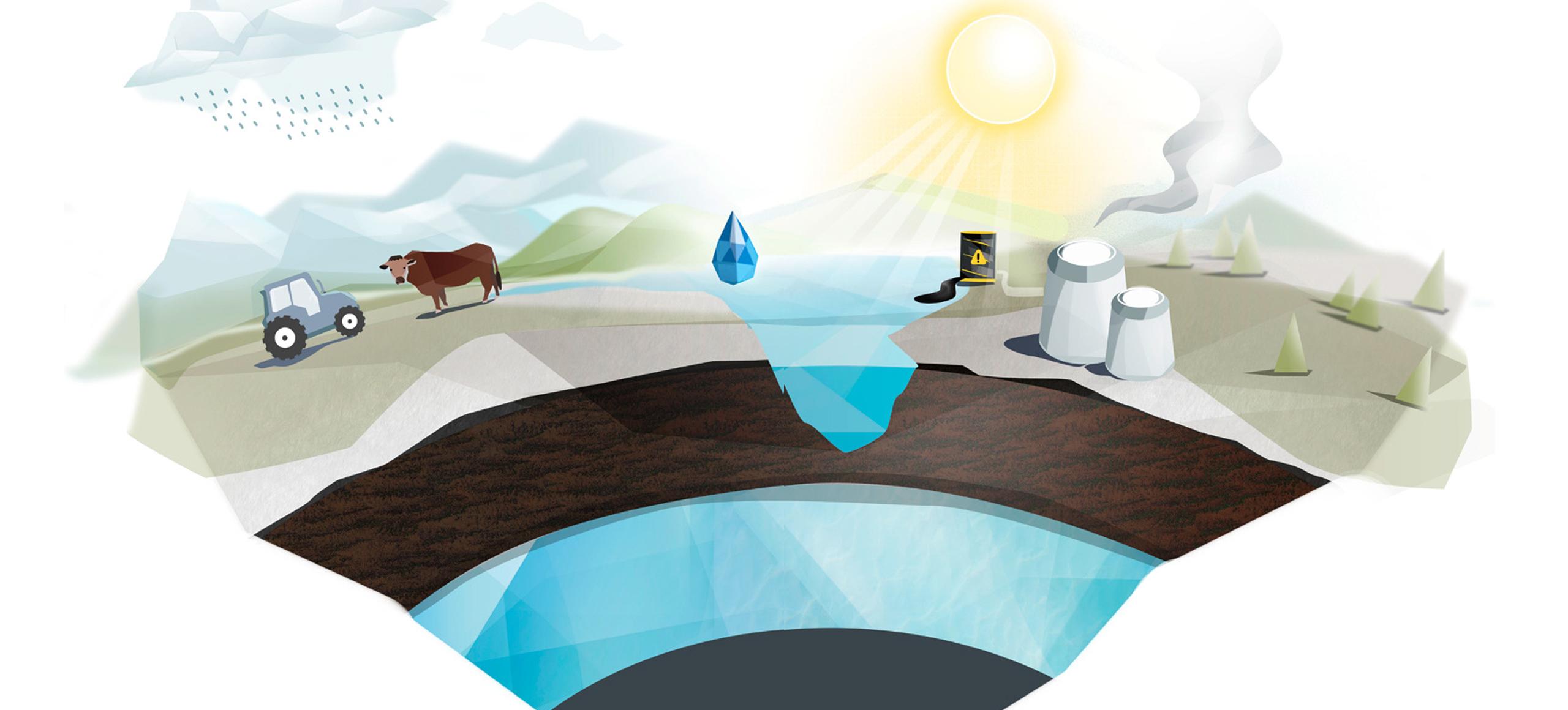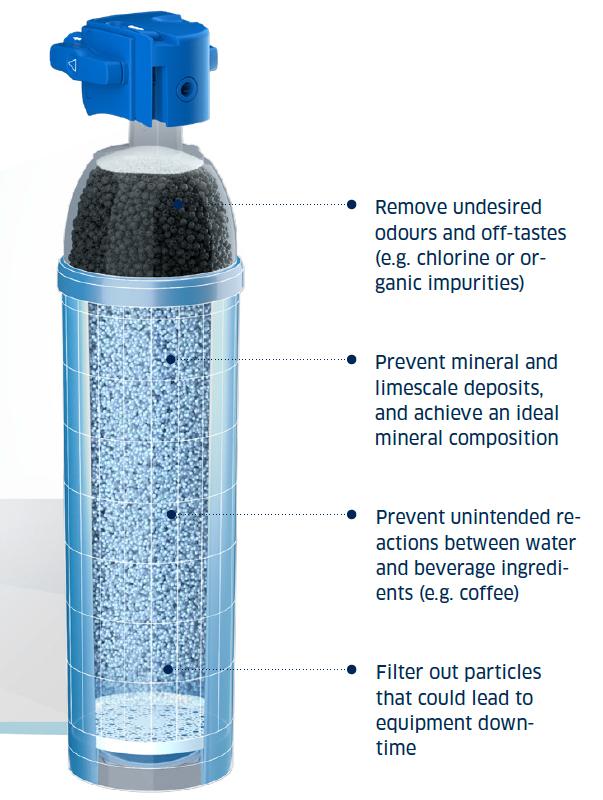The water cycle that a lot of us learnt as children is still accurate. Water in the earth and in the ocean goes through evaporation to become water vapour. Then condensation makes the water vapour condense into clouds. Then precipitation occurs, and the water rains back down to Earth's surface. Infiltration occurs, and the water soaks into the soil. Then it evaporates and the water cycle continues.
Throughout this process, the water is interacting with a range of different environmental factors. Different chemicals and contaminants in the environment mean that the hydrologic cycle also picks up some impurities.
Water interacts with a number of things and picks up all kinds of elements. CO2 in the atmosphere, limestone in the soil, and more. This affects the water’s hardness—how much dissolved calcium and magnesium are present. The pH of the water can change too as it becomes saturated with dissolved ions.
Water experts refer to the “lime-carbonic acid equilibrium”. This is the balance of lime and carbonic acid in the water. Lime raises the pH and carbonic acid lowers it. Water needs a stable equilibrium to be safe and healthy to drink. To ensure healthy drinking water in Australia, water undergoes water purification and filtration water treatment.







